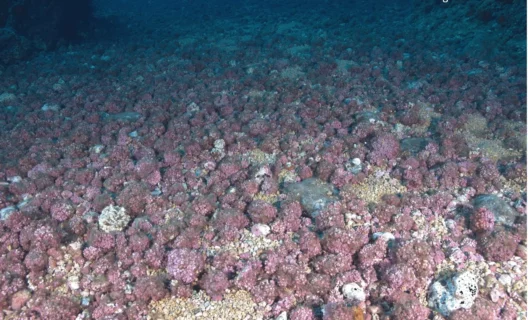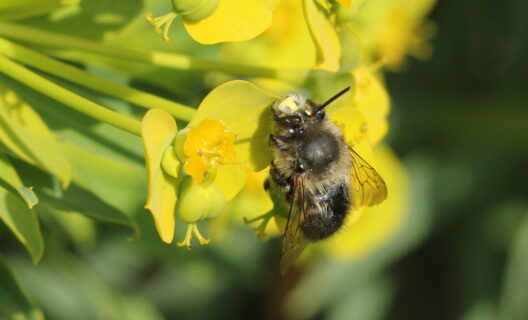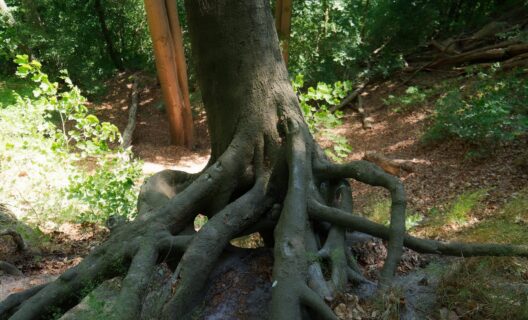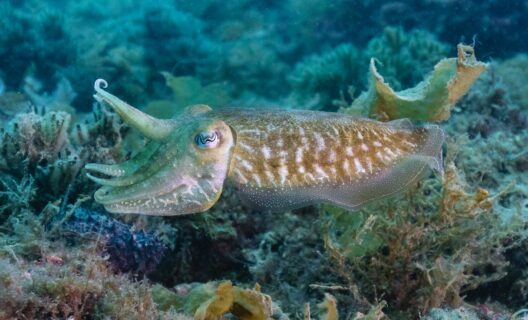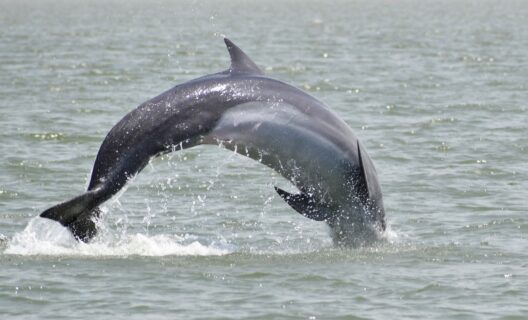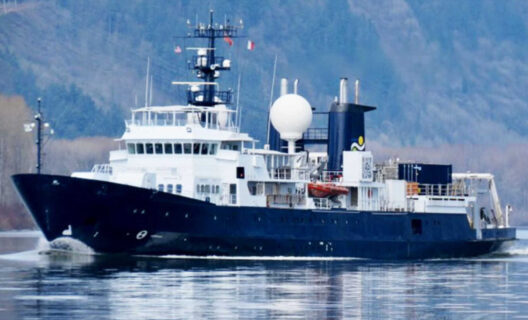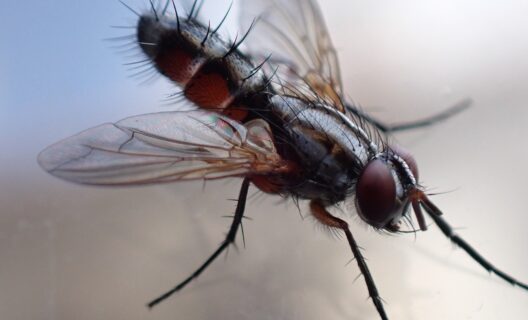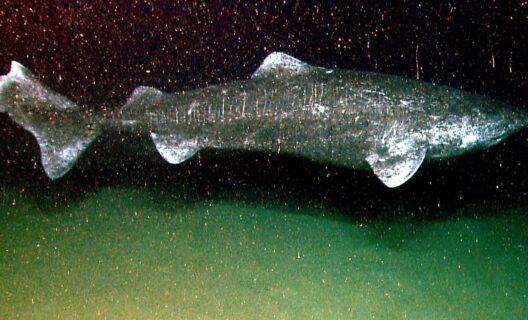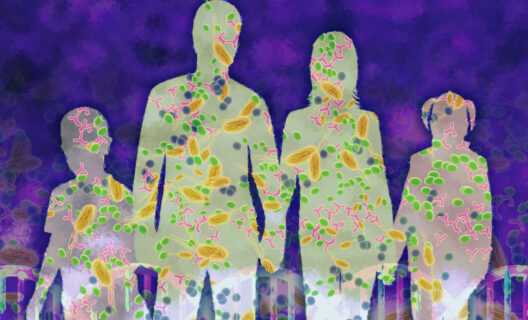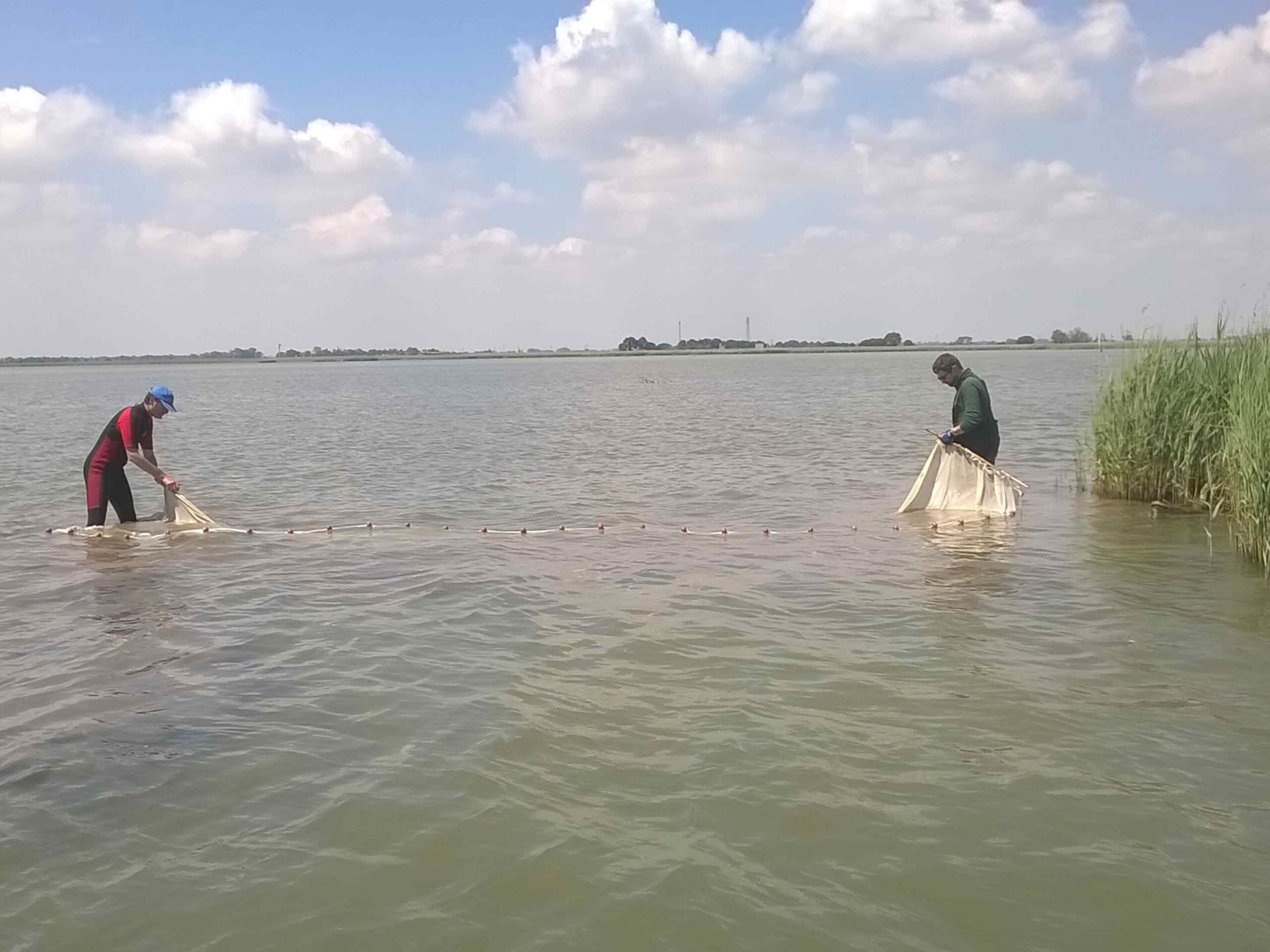

Reading time
0 min
Thanks to the environmental DNA method, it is possible to investigate fish biodiversity without collecting fish
Studying fish biodiversity does not require catching fish. That’s according to research published in Estuarine, Coastal and Shelf Science, and conducted by scientists from the Ogs (National Institute of Oceanography and Experimental Geophysics) together with Arpa Fvg and Stazione Zoologica Anton Dohrn, which showed the effectiveness of a new method, called eDNA.
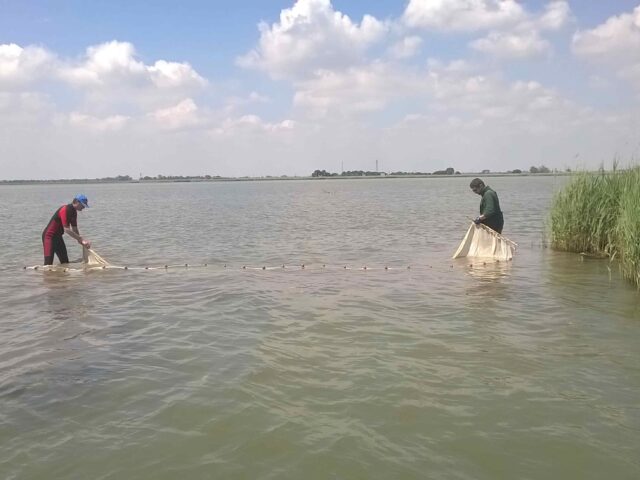
""
The traditional method, between pros and cons
Traditionally, the study of biodiversity has relied mainly on the direct collection of organisms. This method mainly uses trawl fishing: using a beach seine, fish present in a defined area are caught, the specimens caught are identified, and then their presence, absence, abundance, and biomass are measured.
This approach provides direct information with limitations: trawling is not effective in catching all species in an environment, especially those that are more elusive, small in size, or present in low densities. This can lead to an underestimation of actual biodiversity, and introduce bias into the results. In addition, this type of fishing can cause disturbance to the habitat and the organisms that inhabit it.
""
The benefits of the new approach
The eDNA, or environmental DNA, method, on the other hand, is noninvasive. It consists of collecting environmental samples-such as water, soil or air-that may contain traces of DNA from organisms living in the area being examined. From the collected samples, DNA is extracted in the laboratory. Then using reference databases that contain the known sequences of different species, their identification can be made.
In other words: when DNA of a species is present in an environmental sample, it means that that same species is present at the place where the sample was collected.
One of the advantages of the eDNA method is the ability to detect the presence of species even when they are present in low densities or difficult to sample by traditional methods.
""
eDNA: the case of the Lagoon of Marano and Grado
The new study examined the Marano and Grado Lagoon, an area of great ecological importance: it serves as a nursery for many fish species, is a transitional environment between fresh and salt water, is home to endangered and European-protected species, is composed of a variety of environments, and-not least-is an example of the interaction between human activities and the natural environment.
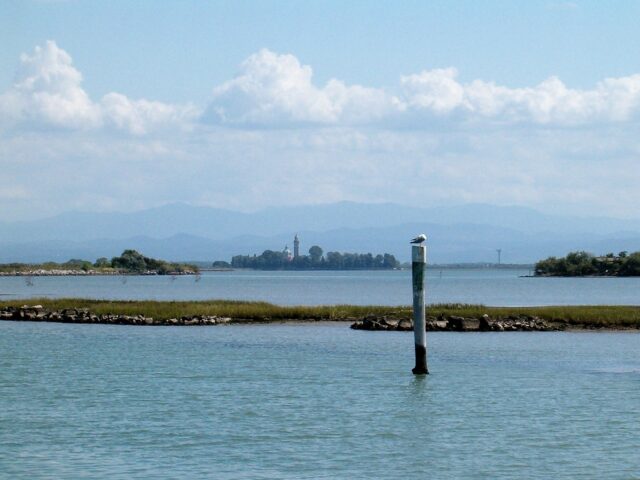
""
At two different times of the year (spring and fall), scientists collected water samples at 16 different locations in the lagoon. The eDNA analysis identified 34 fish species in the lagoon, while trawling detected only 18, confirming the validity of the new survey tool.
""
The proposal: integrate various methods to better preserve and manage
However, eDNA also has limitations: the ability to identify species depends on the completeness of reference databases (if a sequence is not in the database, it cannot be identified), and samples could be contaminated with DNA from other sources (such as wind- or waterborne organisms). In addition, this method does not allow estimation of population abundance or biomass.
In conclusion, the researchers point out that this method, integrated with other approaches, can lead to a more complete and accurate understanding of an ecosystem’s biodiversity, and provide important information for the conservation and management of rich and fragile areas such as the one examined.
The journey goes on
Every story paves the way for the next: discover where biodiversity takes you


